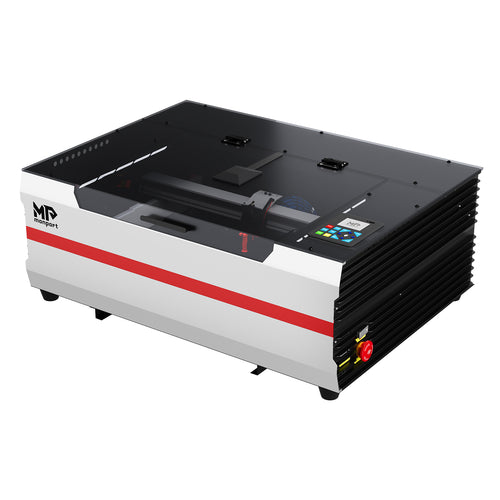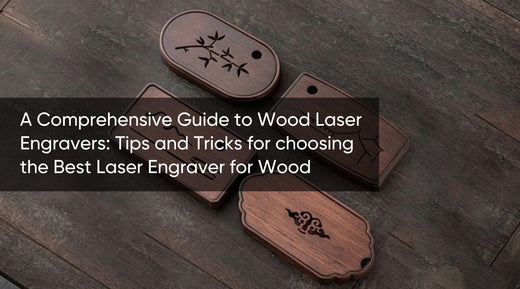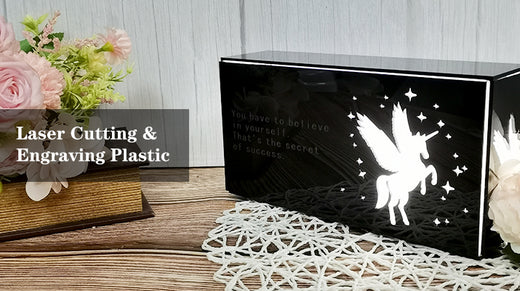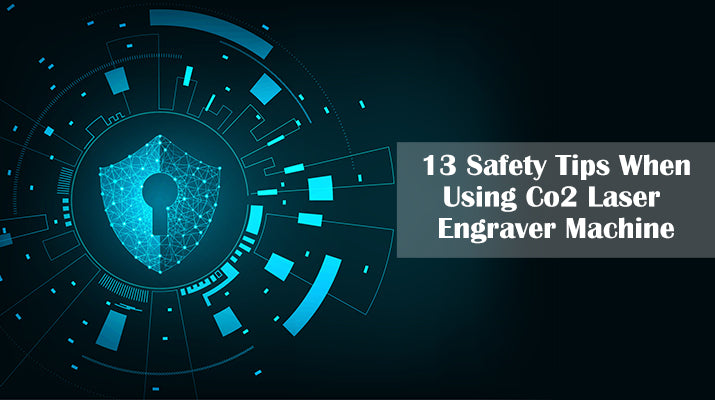Since the origin of human civilization, in order to record writing, people have always used to carve on stones. Some nobles would erect tombstones for themselves with their great achievements during their lifetime. Many important historical discoveries have also found clues from these engraved tombstones.
It's just that people used hammers and slots to carve stone tombstones. With the rapid development of the economy, the birth of the compact engraver has opened up the progress of people from manual engraving to machine engraving stone. Today, laser engraving stone allows faster, more precise, and more artistic results without the physical strain of traditional methods.
Unlock Big Savings at Monport Laser! Use code BESTMP10 at checkout for an exclusive discount – Click here to shop now!
Ⅰ. Choose The Suitable Stone
Stone is a piece of rock. It is a mass of hard, compacted mineral. The word "stone" also refers to natural rock as a material, especially a building material. Natural stones used as building material include granite, marble and sandstone, which kinds of stone in the world. For laser engraving stone, the right material makes all the difference.
- Granite
Every granite countertop is natural rock, which means that the design on its surface won’t be found anywhere else in the world. One of granite as below. Laser engraving stone works beautifully on granite due to its dense, polished surface that enhances contrast.
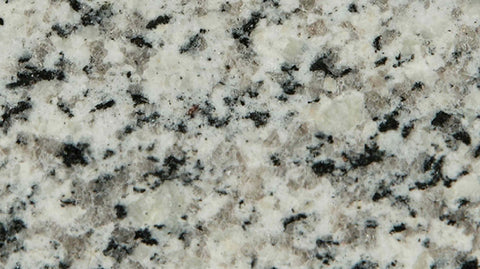
- Marble
Marble is a rock made of calcium carbonate which has been exposed to a natural recrystallization process. Marble is being created by the transformation of other stones through the action of high temperatures and intense pressures. As a result of this process new minerals, textures, and structures give rise to a large number of different types of marble.
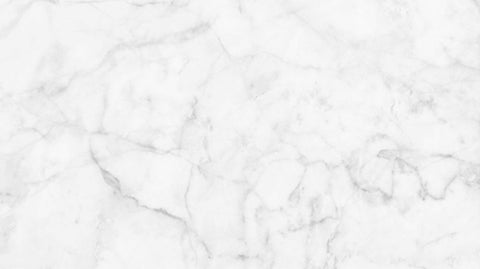
- Sandstone
Sandstone is a clastic sedimentary rock composed mainly of sand-sized (0.0625 to 2 mm) silicate grains. Sandstones comprise about 20–25% of all sedimentary rocks. Most sandstone is composed of quartz or feldspar (both silicates) because they are the most resistant minerals to weathering processes at the Earth's surface
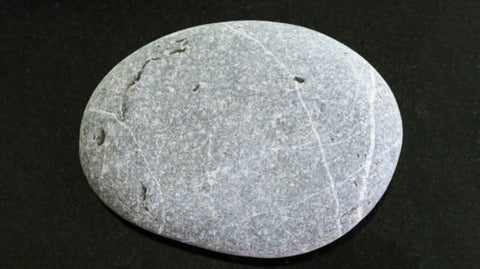
Best Practices for Stone Engraving
-
Polished, dark-colored stones provide the best contrast.
-
Fine-grained, homogeneous stones produce sharper designs.
-
Avoid excessive heat to prevent melting or “washed out” engravings.
-
Dry stones thoroughly before engraving to prevent surface fragmentation.
Caution: Avoid precious stones like diamonds or stones with unknown properties; they may be damaged or too costly to test.
What stone cannot be laser engraved?
Do not engrave materials with unknown properties. Not recommended the stone: precious stones,such diamond, as the laser machine need some sample to test, too expensive diamond stone will lose many profit.
As a natural product, stone offers some of the same flaws and challenges as dealing with wood. Rather than grain, some stones may be veined in different colors. One obvious problem is a vein that may disrupt a design by appearing in an unfortunate location一 such as the tip of someone,s nose一m a photo image.
It's not easy to find a consistently black marble. When we look at things like photo imaging it's pretty critical that we have a black base, We've specifically asked for photographic quality from the suppliers, but we don't always s get it.
Ⅱ. Applications
Compact engraver machines are highly versatile and used for many different applications. Used together, laser machines engraving stone can significantly broaden your product line and processing capabilities. Some of the more common applications for laser cutting stone engraving and non-contact laser marking include:
- Monument Engraving
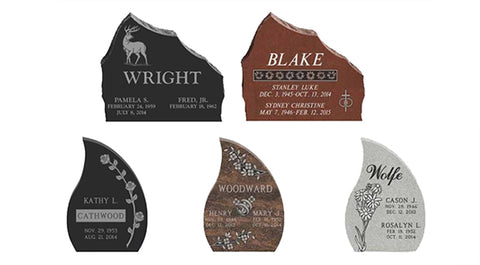
- desk sets
- clocks
- nameplates
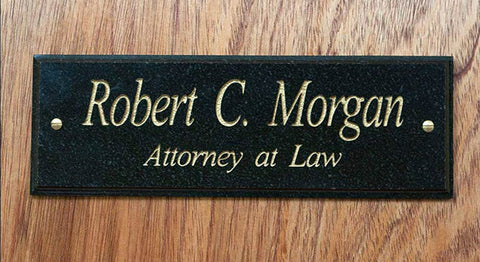
- the awards and gifts markets
- kitchens, baths and entry ways
FAQs About Laser Engraving Stones
Q1: What stones are best for laser engraving stones?
A: Marble, granite, and slate are ideal due to their smooth surfaces and excellent contrast.
Q2: Can I engrave stones with natural veins or textures?
A: Yes, but homogeneous, fine-grained stones yield the most consistent results.
Q3: Is laser engraving safe for all stones?
A: Avoid high-value or unknown stones, such as diamonds, to prevent damage.
Q4: How deep can a laser engrave on stone?
A: Deep engraving is not recommended; it may damage the stone and reduce contrast.
Q5: Why choose Monport for laser engraving stones?
A: Monport lasers offer precision, efficiency, and affordability, making laser engraving stones accessible for both professionals and hobbyists.
Key Takeaways
-
Laser engraving stones is faster, safer, and more precise than traditional methods.
-
Polished, fine-grained stones produce the best engraving contrast.
-
Monport laser systems deliver professional results, efficiency, and versatility.
-
Applications range from memorials and awards to decorative and gift items.
Final thoughts
Hope this article can guide you through the process of laser engraving stone. Using the Monport laser system, stone engraving becomes more efficient, cheap and environmentally friendly. If you want to try laser engraving on stone, add the Monport machine to your shopping list!
Unlock Big Savings at Monport Laser! Use code BESTMP10 at checkout for an exclusive discount – Click here to shop now!




